In the last couple of years, damage caused by the mite tarsonemide in raspberry plantations in protected cultivation has increased in southern Italy. This has been confirmed by technician Carmine Lanaro, reference point for Bioplanet in Campania and specialist in small fruits. To combat this mite, it is essential to use beneficial insects. We have come up with a strategy based on two predatory mites, Ambliysius andersoni and Ambliysius cucumeris," said Lanaro.
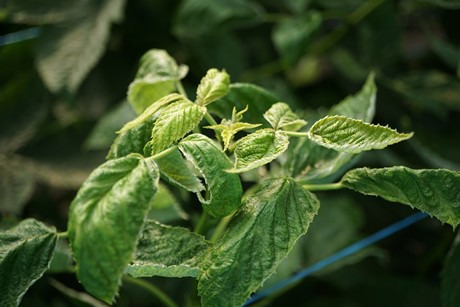
"Since we started the preventive biological control campaign at the end of September, we have effectively limited the proliferation of the mite tarsonemide. Our two pest predators are generalists, but they are very successful at hitting the target and are showing very good results together.
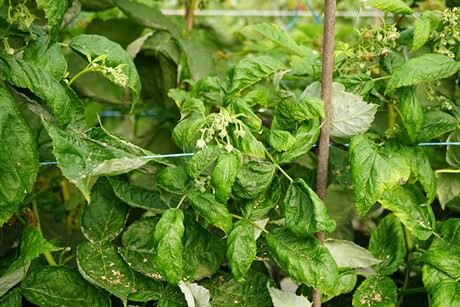
This is very comforting, as there is no effective chemical control, so the use of beneficial insects is crucial not only for organic growers, but also for those who cultivate in an integrated system.
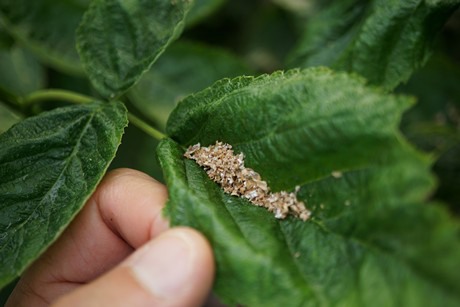
In addition, Drosophila suzukii on both raspberry and strawberry is another problem encountered over the past few months. "In this case, the pest control starts outside the greenhouses, with the distribution of the parasitoid Trichopria drosophilae. This year, given the weather conditions, there was hope for a lower Drosophila population, but this was not the case. The insect is now endemic, and we have to act consistently and promptly every year," said Lanaro.
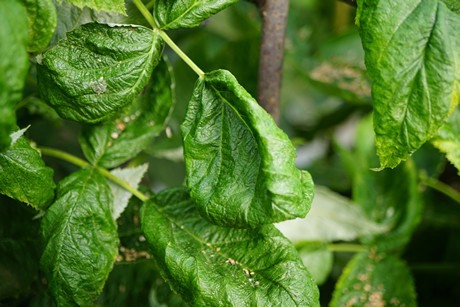
Trichopria shows a marked sexual dimorphism, with the female larger than the male, which has long and bristly antennae, used in an elaborate mating ritual. The female searches the ground for newly formed Drosophila pupae and lays an egg there, particularly in the larva still lying inside.
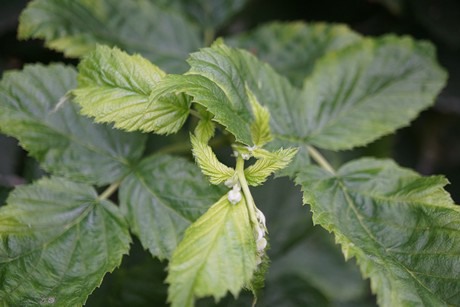
The Trichopria larva will then completely devour the Drosophila in its pupa until it mutates into an adult that emerges through a circular hole. Each female Trichopria can affect up to a hundred Drosophila species, with a development cycle of three weeks, thus allowing a continuous succession of generations with a slowdown only during the coldest months.
For more information: ![]()
Bioplanet
Via Adriano Olivetti 85
Cesena (FC) - Italy
info@bioplanet.it
www.bioplanet.it
